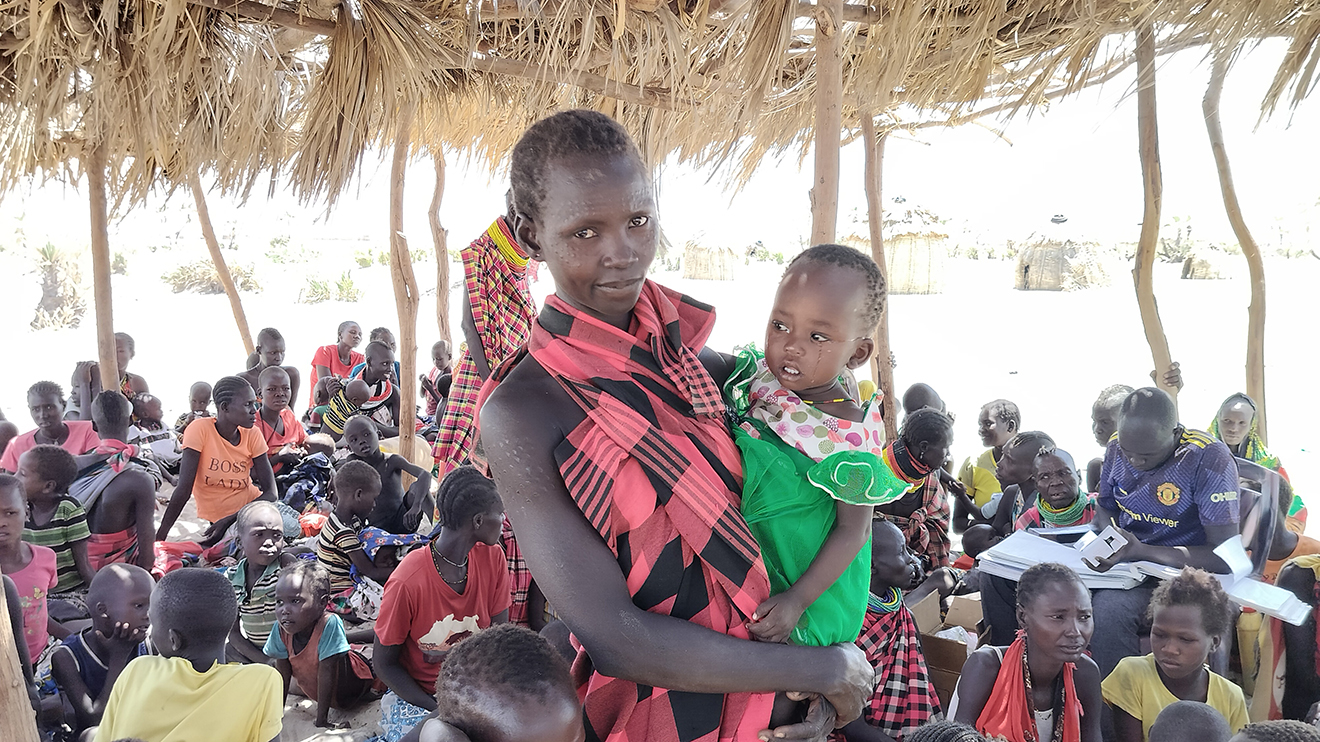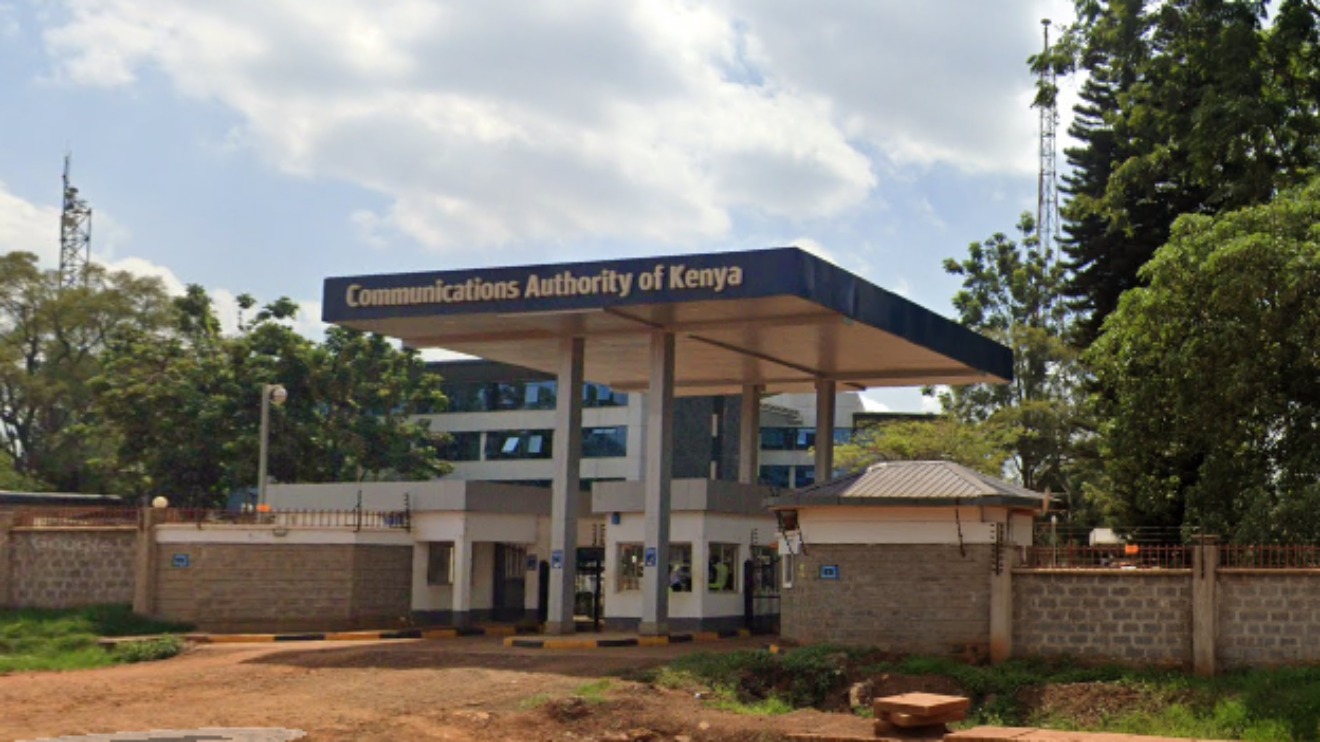By Chelsea Aoko Ouma
In the heart of East Africa, Kenya stands as a nation of breathtaking landscapes and vibrant culture.
Yet, beneath this picture-postcard surface lies a pressing healthcare issue: one of the highest maternal and child mortality rates in the world.
This critical concern merits attention, as the nation grapples with the complex web of factors that contribute to this ongoing tragedy.
Maternal and child mortality are harsh realities for many Kenyan families.
Read More
According to the World Bank, Kenya's maternal mortality ratio stood at 342 deaths per 100,000 live births in 2017, and child mortality was at 39 deaths per 1,000 live births in 2020.
These numbers are more than just statistics; they represent the tragic loss of life and the heartache experienced by countless families.
Several interconnected factors contribute to Kenya's high maternal and child mortality rates.
These include:
Inadequate Healthcare Access: Access to quality healthcare remains a challenge, especially in remote and underserved areas.
Many women lack access to skilled healthcare providers during pregnancy and childbirth, resulting in preventable complications.
Socioeconomic Disparities: Economic disparities play a significant role.
Families living in poverty often face barriers to healthcare access, including transportation costs and healthcare fees.
Teenage Pregnancy: Kenya's high rate of teenage pregnancy is a concerning factor.
Young mothers face increased health risks during pregnancy and childbirth, and their infants are more vulnerable to complications.
Despite the challenges, Kenya is not standing idly by.
The government, along with various organizations and initiatives, has been making strides to address these issues:
Maternal and Child Health Programs: Initiatives like the Beyond Zero Campaign and free maternity services have aimed to improve access to healthcare for expectant mothers and children.
Investment in Healthcare Infrastructure: Kenya is investing in healthcare infrastructure to increase access to healthcare facilities in rural and underserved areas.
Education and Awareness: Programs that focus on raising awareness and educating women about maternal and child health are being implemented.
Family Planning Services: Access to family planning services is improving, which can help reduce the number of teenage pregnancies and improve maternal and child health outcomes.





-1753808187.jpeg)






